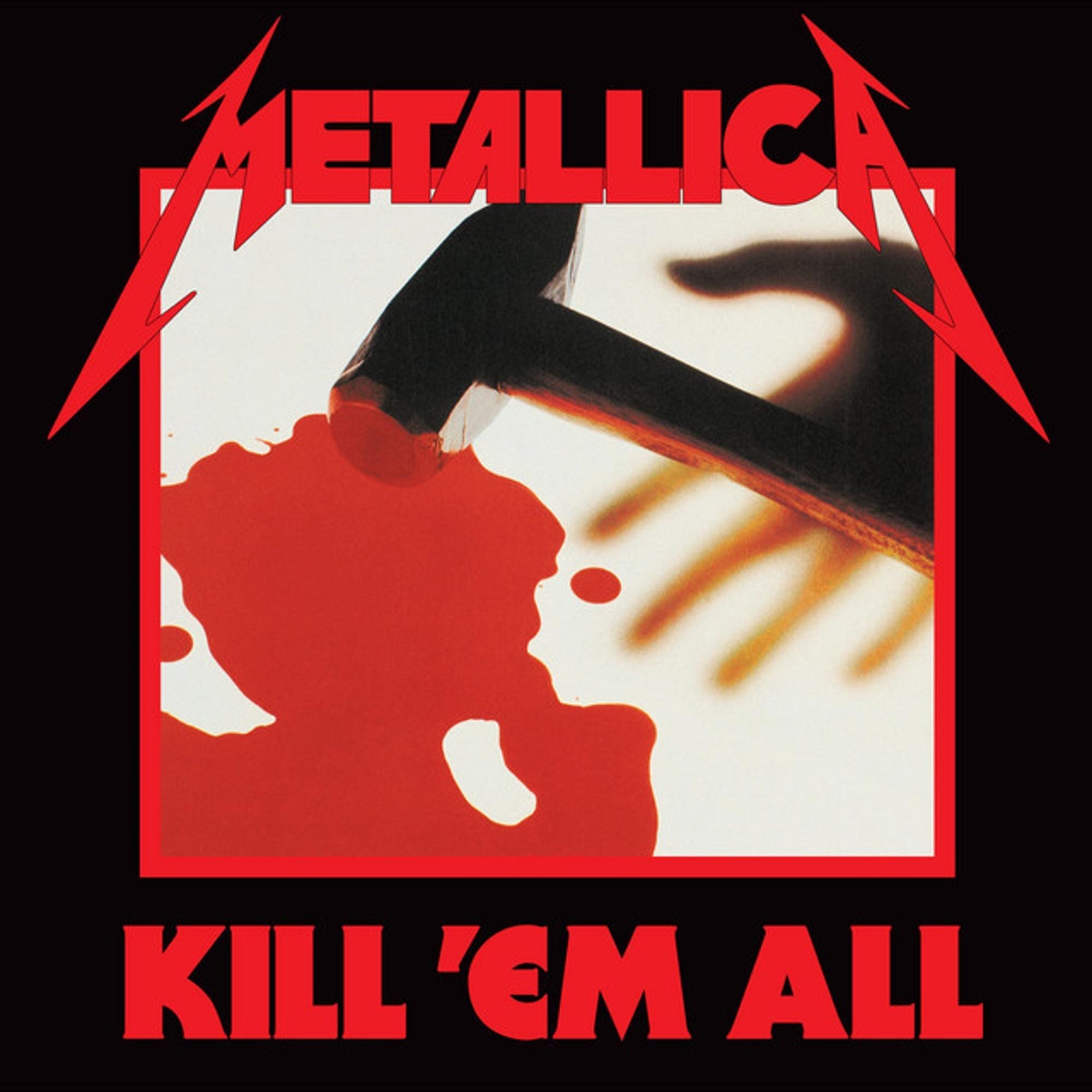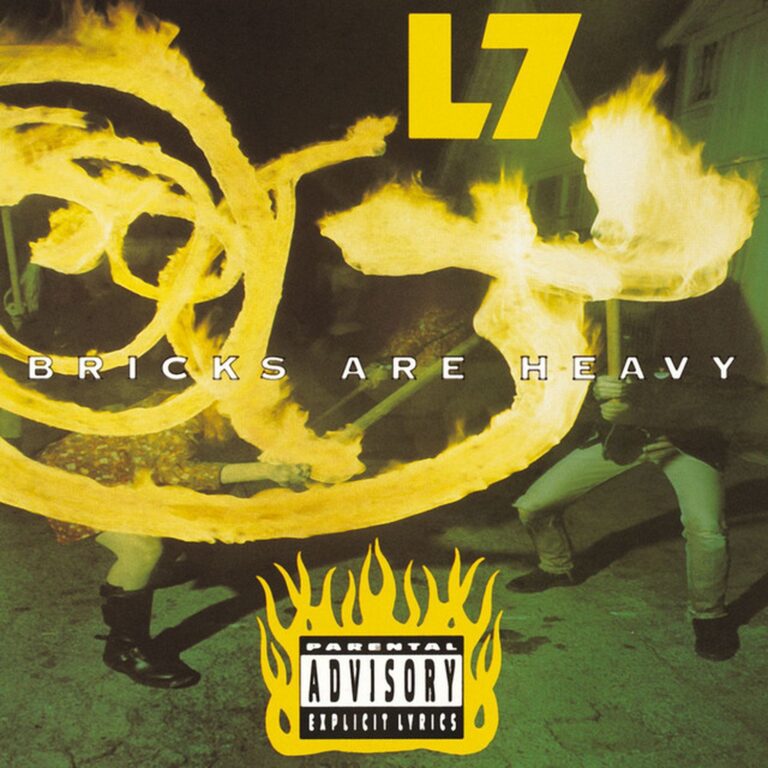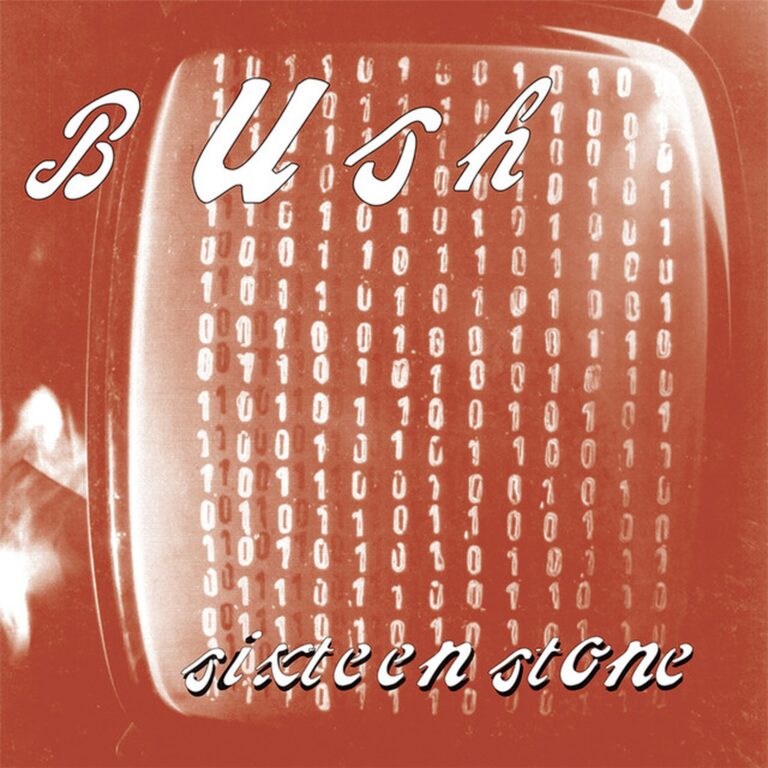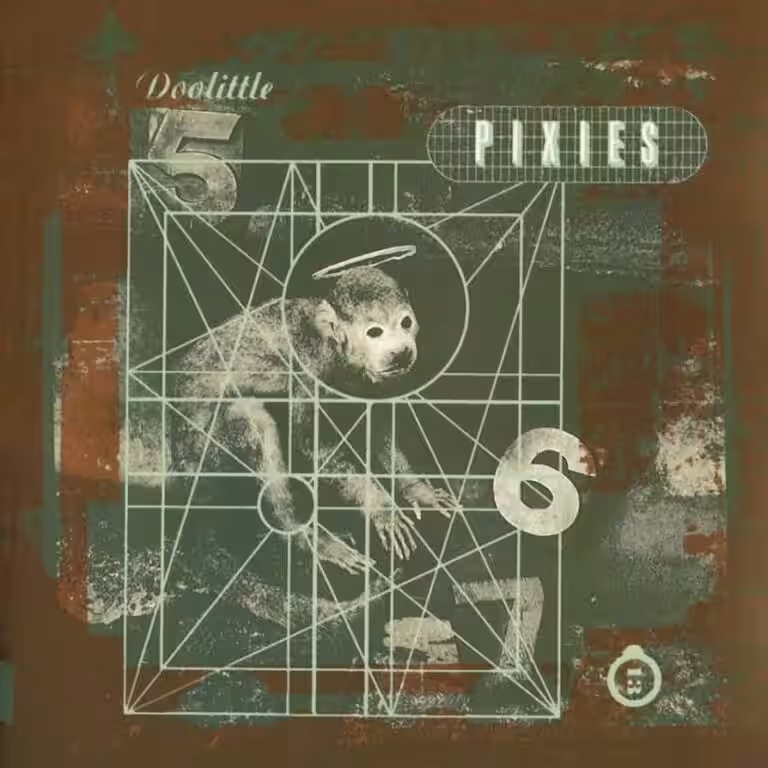
Introduction
Some albums change everything. In 1983, Metallica’s Kill ‘Em All exploded into a world not quite ready for its ferocity. It was more than a debut—it was a challenge, a new blueprint for heavy music. Fast, sharp, and unashamedly raw, it carved a space for thrash metal and set the stage for a revolution that would shape the next four decades. If you want to understand how a group of scrappy Californians rewrote the rules, you need to start here.
In this article, I’ll guide you through every corner of Kill ‘Em All. We’ll look at its origins, the recording sessions, the people who made it happen, and the financial struggles behind it. You’ll get a track-by-track breakdown, an analysis of the lyrics, and a close look at the album’s legacy. I’ll explore its impact, the critical response, and what was happening in heavy music and the wider world in 1983. If you want the most complete account of Kill ‘Em All, you’ve found it.
| Attribute | Details |
|---|---|
| Album title | Kill ‘Em All |
| Artist | Metallica |
| Release date | 25 July 1983 |
| Genre | Thrash metal, speed metal |
| Total runtime | 51:20 |
| Number of tracks | 10 |
| Record label | Megaforce Records |
| Recording studio | Music America Studios, Rochester, New York |
| Producer(s) | Paul Curcio |
When Metallica released Kill ‘Em All, it was like striking a match in a dry forest. The album’s speed and aggression were new to most listeners. Lars Ulrich later said, “We wanted to make music that made people bang their heads. That’s all.” Peer musicians took notice. Tom Araya of Slayer called it “the record that made us step up our game.” The album’s influence is still felt. As Kirk Hammett put it, “That was the start of everything.”
The album’s significance cannot be overstated. It helped launch thrash metal, inspired bands worldwide, and established Metallica as a force in heavy music. Decades later, Kill ‘Em All still sounds urgent, dangerous, and vital. It’s more than a debut—it’s a landmark. Let’s see how it happened.
The Genesis of “Kill ‘Em All”
Before Kill ‘Em All, the world of heavy music was dominated by bands like Iron Maiden and Judas Priest. The New Wave of British Heavy Metal (NWOBHM) was in full swing, and American hard rock was heading in a glossier direction. In Los Angeles, Metallica was formed in 1981 by Lars Ulrich and James Hetfield. They were determined to play faster and harder than anyone else. They found early inspiration in bands such as Motörhead, Diamond Head, and Venom.
The band’s first recordings were raw demos. “Hit the Lights” appeared on the Metal Massacre compilation in 1982. By July that year, they had recorded the No Life ’til Leather demo, which featured early versions of several songs that would end up on Kill ‘Em All. The lineup was unstable. Ron McGovney played bass, and Dave Mustaine was the original lead guitarist. But by early 1983, both had left—McGovney due to internal tensions, and Mustaine after a well-documented sacking for substance abuse and violent behaviour. Cliff Burton replaced McGovney, but only after insisting the band relocate to the San Francisco Bay Area. Kirk Hammett, formerly of Exodus, joined just days before the album was recorded, learning the songs on the way to New York.
Songwriting for Kill ‘Em All was collaborative. Hetfield and Ulrich led the charge, but Dave Mustaine’s influence is clear—he has four co-writing credits, even though he was fired before the recording began. Cliff Burton brought a new level of musicianship and a flair for experimentation, especially on the instrumental “(Anesthesia) – Pulling Teeth.” Hammett, though new, added his own flavour to the solos.
Here’s a breakdown of who played what on the album:
| Band Member | Instrument/Role |
|---|---|
| James Hetfield | Vocals, rhythm guitar |
| Lars Ulrich | Drums |
| Cliff Burton | Bass, bass solo on “(Anesthesia) – Pulling Teeth” |
| Kirk Hammett | Lead guitar |
Financing the album was a challenge. Metallica’s original label, Metal Blade Records, could not provide enough money. The band’s manager, Jon Zazula, stepped in and signed them to his own Megaforce Records, scraping together a $15,000 budget—about $48,800 in today’s money. This was just enough to book time at Music America Studios in Rochester, New York, and cover basic expenses. There was little left for luxuries.
The album’s title and artwork are a story in themselves. The band wanted to call it Metal Up Your Ass, with a cover showing a hand holding a dagger emerging from a toilet. Distributors refused to touch it. Cliff Burton famously said, “Just kill ’em all!”—referring to the distributors. That became the title. The final cover, designed by Gary L. Heard, shows the shadow of a hand dropping a bloodied hammer, a nod to the violence and energy inside.
In every way, Kill ‘Em All was a product of struggle, determination, and raw creative energy. Its roots are in garages and grimy rehearsal rooms, but its ambition was limitless.
Recording Process
The recording of Kill ‘Em All is the stuff of legend. In May 1983, Metallica entered Music America Studios in Rochester, New York. The sessions lasted from 10 to 27 May—a whirlwind two weeks to capture ten tracks that would change heavy music forever. The studio was modest, not a big-name facility, but it was all the band could afford. Producer Paul Curcio was at the helm. He had little experience with metal, which led to some friction. Curcio reportedly tried to turn down the distortion on the guitars, not realising that the band wanted things as loud and aggressive as possible.
Engineer Chris Bubacz played a crucial role, especially when it came to remixing the album after Jon Zazula found the first mixes unsatisfactory. Assistant engineer Andy Wroblewski helped keep things running smoothly. Mastering was done by Jack Skinner, with later remasters handled by Bob Ludwig, George Marino, and Howie Weinberg. The sessions were intense. With a tight budget, the band had little time for retakes. Cliff Burton insisted on recording his bass solo alone, nailing it in one take. Kirk Hammett had to adapt quickly, playing solos on songs he had only just learned.
What about the gear and hardware? Here’s a table of the likely equipment and techniques used, based on what is known about the studio and era:
| Hardware/Instrument | Details/Notes |
|---|---|
| Guitars | James Hetfield: Epiphone Flying V (often mistaken for Gibson or Cort), Kirk Hammett: Gibson Flying V |
| Amplifiers | Modified Marshall 1959 SLP (Hetfield), Marshall 2203 JCM800 (Hammett), ProCo Rat distortion pedal |
| Bass | Cliff Burton: Rickenbacker 4001, Morley Power Wah Fuzz pedal |
| Drums | Tama Imperialstar kit (Ulrich), Zildjian cymbals |
| Microphones | Likely Shure SM57s for guitars, Sennheiser MD421s for drums, AKG D112 for kick drum (based on standard practice at the time) |
| Mixing desk | Music America Studios likely used an MCI or similar desk, common for early ’80s US studios |
| Recording medium | 2-inch analogue tape, possibly Ampex 456 |
| Other effects | Ibanez Tube Screamer TS808/TS9, reverb and delay added in mixing |
The process was fast and rough. The band often recorded in single takes. The studio had to stretch every dollar. Curcio’s lack of familiarity with metal was both a hindrance and, arguably, a blessing—he captured the band’s energy without smoothing the edges. One unique challenge was the theft of Hetfield’s Marshall amp after the sessions, which meant they could never quite recreate the exact tone again. This has added to the album’s mystique among gear enthusiasts.
Paul Curcio, the producer, was best known for his work with the Doobie Brothers before this album. After Kill ‘Em All, he continued to produce but never returned to thrash metal. Here’s a table of notable albums produced by Curcio:
| Producer | Artist | Album | Year |
|---|---|---|---|
| Paul Curcio | Doobie Brothers | The Doobie Brothers | 1971 |
| Paul Curcio | Metallica | Kill ‘Em All | 1983 |
The result was a record that felt urgent, dangerous, and alive. Every flaw became part of its character. The sound is still a reference point for thrash metal to this day.
Commercial Performance and Reception
When Kill ‘Em All was released, it did not storm the charts straight away. In fact, the initial pressing was just 15,000 copies. By the end of 1983, it had sold 17,000 in the US. It would take until 1986 for the album to enter the Billboard 200, peaking at #155. After a reissue in 1988, it climbed to #120. Despite these modest beginnings, the album’s reputation grew steadily. In 1999, it was certified 3× Platinum by the RIAA, and by 2023, it had sold over 4.5 million copies in the US alone. It has also gone platinum in Argentina, Australia, Canada, Germany, Poland, and gold in the UK.
To put this in context, here’s how Kill ‘Em All sits among Metallica’s studio albums, with sales data where available:
| Album | Year | Sales Data |
|---|---|---|
| Kill ‘Em All | 1983 | 4.5 million (US), Platinum/Gold worldwide |
| Ride the Lightning | 1984 | 6× Platinum (US) |
| Master of Puppets | 1986 | 6× Platinum (US) |
| …And Justice for All | 1988 | 8× Platinum (US) |
| Metallica (The Black Album) | 1991 | 16× Platinum (US), 30.7 million (global) |
| Load | 1996 | 5× Platinum (US) |
| Reload | 1997 | 4× Platinum (US) |
| St. Anger | 2003 | 2× Platinum (US) |
| Death Magnetic | 2008 | 2× Platinum (US) |
| Hardwired… to Self-Destruct | 2016 | Platinum (US) |
| 72 Seasons | 2023 | Platinum (certification in progress) |
Kill ‘Em All may not have been a blockbuster on release, but it has become a foundational album. It has been certified platinum or gold in several countries and is now considered a classic. Awards include 4× Platinum (US), Platinum (Argentina, Australia, Canada, Poland), Gold (Germany, UK). It was ranked #35 on Rolling Stone’s “100 Greatest Albums of the ’80s” and #29 on Kerrang!’s “100 Greatest Heavy Metal Albums.”
1983 was a year packed with major releases in heavy music. Other albums released that year include:
- Show No Mercy by Slayer
- Pyromania by Def Leppard
- Piece of Mind by Iron Maiden
- Holy Diver by Dio
- Shout at the Devil by Mötley Crüe
- Melissa by Mercyful Fate
- Metal Health by Quiet Riot [#1 US]
- Bark at the Moon by Ozzy Osbourne
- All for One by Raven
- Another Perfect Day by Motörhead
In terms of awards, Kill ‘Em All was not nominated for Grammys on release, but its influence has been recognised by its platinum and gold certifications, high rankings in metal press, and inclusion in lists of greatest albums ever made.
1983 was a pivotal year for heavy music. Metallica, Slayer, and Exodus launched thrash metal. MTV was changing how music was consumed. The compact disc arrived in the US, marking a new era for music formats. KISS removed their makeup for the first time. Quiet Riot’s Metal Health became the first metal album to top the Billboard 200. It was a year of change and new beginnings, with Kill ‘Em All right at the heart of it.
Track Analysis
Singles from Kill ‘Em All were “Whiplash” (released 8 August 1983) and “Jump in the Fire” (released 20 January 1984). “Whiplash” became a crowd favourite, while “Jump in the Fire” was released in the UK with extra live tracks. Both songs were written primarily by Hetfield and Ulrich, with Mustaine credited on “Jump in the Fire.” Commercially, the singles did not chart highly, but “Whiplash” is now seen as a thrash anthem.
Below is a table of every song on the album, including length and writing credits. Singles are marked with a *.
| Track Name | Length | Writing Credit |
|---|---|---|
| Hit The Lights | 4:17 | Hetfield, Ulrich |
| The Four Horsemen | 7:13 | Hetfield, Ulrich, Mustaine |
| Motorbreath | 3:08 | Hetfield |
| Jump In The Fire* | 4:41 | Hetfield, Ulrich, Mustaine |
| (Anesthesia) – Pulling Teeth | 4:14 | Burton |
| Whiplash* | 4:08 | Hetfield, Ulrich |
| Phantom Lord | 5:01 | Hetfield, Ulrich, Mustaine |
| No Remorse | 6:26 | Hetfield, Ulrich |
| Seek & Destroy | 6:54 | Hetfield, Ulrich |
| Metal Militia | 5:11 | Hetfield, Ulrich, Mustaine |
Note: Songs marked with * (“Whiplash” and “Jump in the Fire”) were released as singles. Chart data for these singles is limited, but both have become fan favourites and are staples in live sets.
Song Meaning and Lyrics
The lyrics on Kill ‘Em All are direct and full of youthful bravado. The singles, “Whiplash” and “Jump in the Fire,” each tell their own story. “Whiplash” is a love letter to the energy of live shows and headbanging culture. Lyrics like “Adrenaline starts to flow, you’re thrashing all around, acting like a maniac—whiplash!” sum up the ethos of the album. The song is credited to Hetfield and Ulrich, and it’s widely regarded as the birth of thrash metal. The focus is on the physical experience of metal—mosh pits, sweat, speed, and the rush of the music. The phrase “because we’re Metallica” at the end is a statement of intent. (See the full lyrics and further discussion at Genius.)
“Jump in the Fire” started as a Dave Mustaine composition, with original lyrics about sex and aggression. When Hetfield took over, he rewrote the lyrics from the viewpoint of Satan, tempting humans to their doom. The chorus—“Jump in the fire”—became a rallying cry. The song’s riff is one of the catchiest on the album, and Kirk Hammett’s solo is often singled out for praise. Fans on Reddit have called it “one of the most underrated tracks” and have noted its bluesy edge compared to the rest of the album. (See community discussion at Reddit.)
The rest of the album’s lyrics cover themes of warfare (“No Remorse”), the apocalypse (“The Four Horsemen”), life on the road (“Motorbreath”), and a celebration of the metal lifestyle (“Metal Militia”). “Seek & Destroy” was inspired by Diamond Head’s “Dead Reckoning” and has become a live anthem. Cliff Burton’s “(Anesthesia) – Pulling Teeth” is an instrumental that showcases his unique approach to bass, using distortion and wah pedals to create sounds more like a lead guitar than a traditional bass.
Touring and Promotion of Kill ‘Em All
Promotion for Kill ‘Em All was relentless, even if the budget was tight. The band released two singles and appeared in fanzines and on college radio. They played live as much as possible. The main push was the “Kill ‘Em All for One” tour, a two-month trek across the US in the summer of 1983, co-headlined with British band Raven. The tour’s name combined the titles of both bands’ albums—Metallica’s Kill ‘Em All and Raven’s All for One.
The tour included poorly attended gigs—sometimes only 50 people showed up, such as at Cheers club in Babylon, New York. Metallica’s energy, though, never flagged. After the US tour, they supported Venom on the “Seven Dates of Hell” tour in Europe, playing to much larger crowds, including 7,000 at the Aardschok Festival in Zwolle, Netherlands. The tour ended with sold-out shows at London’s Marquee Club. In total, the band played dozens of shows across North America and Europe, sharing the stage with Raven, Venom, and Twisted Sister.
Notable events included a show in Boston being cancelled after the band’s equipment was stolen. After the tour, Metallica began working on new material that would become Ride the Lightning. By the end of the tour, Kill ‘Em All had sold 60,000 copies worldwide—an impressive feat for an underground metal band in 1983.
Influences and Legacy
Kill ‘Em All didn’t emerge from a vacuum. The band drew heavily from the NWOBHM, especially Diamond Head, Motörhead, and Iron Maiden. They were also influenced by punk bands like Discharge and the Misfits. The combination of punk speed and metal precision was something new in 1983. In turn, the album influenced countless artists, helping to launch the careers of bands such as Megadeth, Slayer, Testament, and Anthrax.
Here’s a summary table:
| Influences on “Kill ‘Em All” | Artists Influenced by “Kill ‘Em All” |
|---|---|
| Diamond Head | Megadeth |
| Motörhead | Slayer |
| Iron Maiden | Testament |
| Venom | Anthrax |
| Discharge | Dream Theater |
| The Misfits | Morbid Angel |
1983 was a year of upheaval. The compact disc arrived in the US, changing how people listened to music. MTV was growing, making music videos essential for pop success. KISS took off their makeup for the first time. Quiet Riot’s Metal Health became the first metal album to top the US charts. In politics, Margaret Thatcher won a landslide victory in the UK. In technology, the ARPANET switched to TCP/IP, paving the way for the internet. In the cinema, David Bowie’s Let’s Dance topped charts, and Flashdance was the year’s biggest soundtrack. Kill ‘Em All was born in this climate of change, and it has kept its edge ever since.
Five Things About Kill ‘Em All
Let’s look at five interesting, verified facts about Kill ‘Em All:
| Fact | Details |
|---|---|
| Original title and cover rejected | The album was going to be called Metal Up Your Ass, with a cover showing a dagger in a toilet. Distributors refused, leading to the title change suggested by Cliff Burton. |
| Dave Mustaine’s legacy | Despite being fired before recording, Mustaine has four co-writing credits on the album: “The Four Horsemen,” “Jump in the Fire,” “Phantom Lord,” and “Metal Militia.” |
| Cliff Burton’s bass solo | “(Anesthesia) – Pulling Teeth” was recorded in one take, with Burton insisting on recording alone in the studio. |
| Hetfield’s stolen amp | James Hetfield’s modified Marshall amp, key to the album’s guitar tone, was stolen after the sessions. The exact sound was never replicated again. |
| First pressing details | The first pressing was just 15,000 copies, with silver labels and an inner sleeve featuring band photos and lyrics. |
Media and Television Usage
Metallica’s music is often used in films, television, and games, but none of the songs from Kill ‘Em All appear in known mainstream media placements according to the latest data from Tunefind. Later Metallica albums are more frequently used, especially “Enter Sandman” and “Master of Puppets.”
Critical Reviews and Retrospectives
On release, Kill ‘Em All was praised by underground metal press. Metal Forces gave it 9/10, calling it “one of the fastest and heaviest albums ever.” The Chicago Tribune called it the “speed metal prototype,” though they criticised the lyrics as “juvenile.” Billboard praised the fusion of punk and metal. AllMusic’s retrospective review calls it “the true birth of thrash.” Rolling Stone’s Album Guide said it consolidated punk and metal but found some songs unfinished. Over time, the album’s reputation has only grown. It now appears in many lists of the greatest metal albums ever made.
After Kill ‘Em All
After Kill ‘Em All, Metallica moved quickly. The band returned to San Francisco and began writing Ride the Lightning, released in 1984. Their popularity grew with each album, and by 1986’s Master of Puppets, they were headlining arenas. Tragedy struck in 1986 when Cliff Burton died in a bus accident. Jason Newsted joined on bass, and the band continued to grow, signing to Elektra Records and eventually releasing the self-titled “Black Album” in 1991, which made them global superstars.
As of April 2025, Metallica remain active. Their most recent album, 72 Seasons, was released in 2023, and they continue to tour globally. The current lineup is James Hetfield, Lars Ulrich, Kirk Hammett, and Robert Trujillo. The band is still headlining festivals and stadiums, with further tour dates announced for 2025.
Conclusion
Forty years on, Kill ‘Em All remains as fierce and relevant as ever. Its influence is heard in every thrash band, every mosh pit, and every young musician who picks up a guitar and dreams of changing the world. The album’s speed, aggression, and honesty set a new standard for heavy music. Metallica themselves continue to evolve, but they have never forgotten the raw energy that started it all. As long as there are fans who crave the thrill of a riff and the rush of a live show, Kill ‘Em All will remain essential listening.
Further Reading
For more on Metallica and the thrash metal revolution, explore our own articles and podcasts:
- The Unlikely Success Story of Metallica (blog article)
- Ride The Lightning: Metallica’s Thrash Metal Revolution (blog article)
- Master of Puppets: Unraveling Metallica’s Pivotal Album (blog article)
- Metallica’s …And Justice for All: An Essential Album Analysis (blog article)
- Unveiling Metallica: The Iconic Black Album’s Legacy (blog article)
- Death Magnetic: Metallica’s Thrash Metal Revival (blog article)
- The Making of Reload: Metallica’s Evolutionary Leap (blog article)
- The Evolution of Load – Metallica’s Bold Move (blog article)
Let us know in the comments what your thoughts are on Kill ‘Em All by Metallica. Did we miss anything? Share your experiences and join the conversation!



